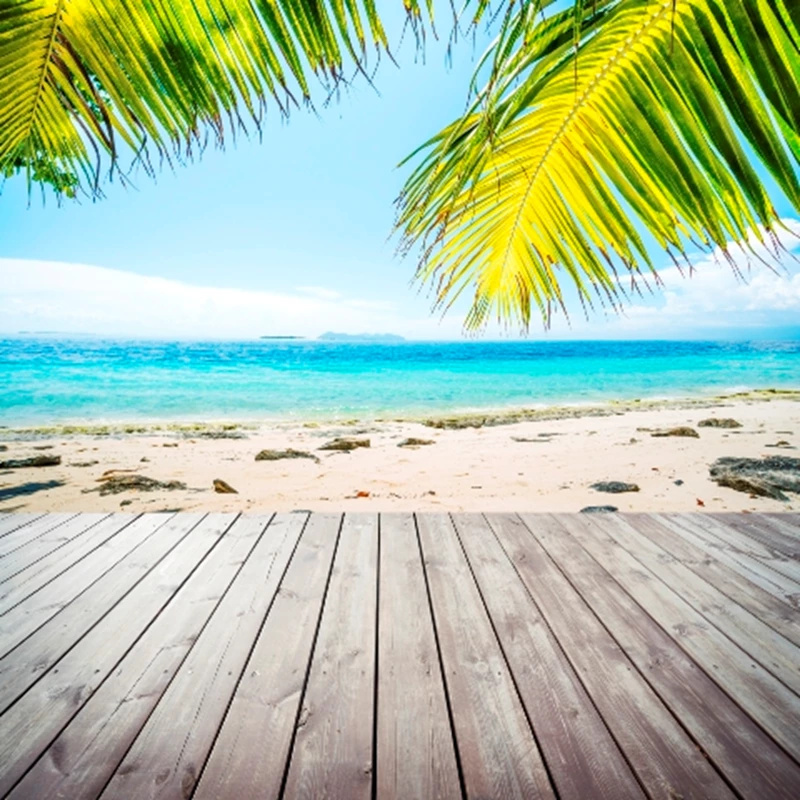
Montenegro, once part of Yugoslavia and independent of Serbia since 2006, has grandiose plans to become the self-proclaimed "Monaco of the Balkans".
The sleek super-yachts are anchored in new marinas, international connections are growing and wealthy tourists are on their way.
Montenegro, a country no bigger than Northern Ireland with a population of 625,000, has a history of attracting glamour.
In the 1960s and 70s Sophia Loren and Elizabeth Taylor led a stellar selection of celebrities who holidayed at Sveti Stefan, a small private village of stone houses surrounded by water now recreated as a successful and pricey Aman Resort.
The attraction was the extraordinary natural beauty of a country with a crystalline Adriatic coast, dazzling fjord-like lakes and dramatic, once impenetrable mountains.
The poet and high society bad boy Lord Byron, who knew a thing or two about aesthetics, was so blown away on his first visit in 1809 that he described Montenegro's coastline as "the most beautiful encounter between land and sea".
Two hundred years later it is perhaps surprising just how little has changed. Montenegro's narrow coastline backed by those brooding mountains naturally limits large-scale development so while areas - Budva for example - look overwhelmed by new property, many parts remain remarkably untouched.
At the same time, the smart money is appearing. Five-star hotel chains planning to join Aman on Montenegro's coast include One & Only and Banyan Tree while a new generation of beach clubs such as PuroBeach, normally more at home further west in glitzy Mediterranean resorts, have already added a new cool to the sublime coast.
Growing tourism
The future looks rosy for Montenegro. The World Trade and Tourism Council predict tourist figures will grow by an annual 16 per cent from 2011 to 2012. That's more than double predictions for India and China making it one of the fastest growing tourist destinations in the world.
Improving flight access
Last year Montenegro Airlines commenced twice-weekly services between Gatwick and Tivat at the heart of the coast but only on 100-seater aeroplanes and most airfares remain expensive. A common alternative route is through the Croatian city of Dubrovnik with BA and Easyjet flights from the UK followed by a twenty-minute drive to the Montenegro border or else through the inland capital Podgorica.
Against these, must be balanced the evolving infrastructure. Roads can be rudimentary, especially away from the more international waterfront hotspots.
Plus, a good proportion of new development in Montenegro is aimed at Russians and the eastern block who tend to favour bling-tastic projects that could overwhelm the craggy coast.
"Bureaucracy aside, it's an easy place to live"
Roger and Liz Batho from Surrey discovered Montenegro while working for the British Embassy in Sarajevo. In 2006 they bought land there, taking what Roger describes as a 'big risk' in those days. They built a house where they now live full-time and also own an apartment in Kavac which they rent successfully for 16 - 20 weeks each year through ownersdirect.co.uk.
"We had to trust a lot of people," says Roger. "Since then there has been a cleansing process and now there is a proper notary system and the process is transparent. Montenegro can seem quite bureaucratic but with beautiful weather and friendly people it's a very easy place to live. They use the Euro and are looking for accession to the EU in the future."
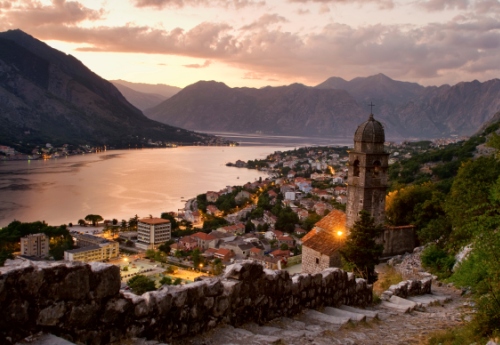
What can you buy in the hotspots?
Most interest in Montenegro - both from property buyers and holidaymakers - focuses on the coastline and in particular the calm, mesmerising waters of Kotor Bay. This is one of the country's two UNESCO Heritage Sites (the other is a national park) where elegant speedboats zip between the waterside towns and villages.
Tivat, Budva, scenic Perast and Kotor are the most notable towns along the Bay, where fabulously preserved reminders of the Venetian history are found in romantic stone lanes and houses. Kotor in particular is a beautiful medieval town marred only by the large cruise ships berthed immediately outside.
The Balkan Conflict in the 1990s caused much pain to tiny Montenegro but also meant that it missed the property boom at the start of the new century. That was a mixed blessing according to Oliver Corlette, MD of Porto Montenegro.
"Montenegro had little inward investment before 2007 so escaped the overbuilding that has blighted parts of the Med," says Corlette.
"Then, when other property markets stalled post 2008 Montenegro offered value, freshness and potential growth. The timing has worked well for buyers today."
Porto Montenegro is the trailblazer for large, coastal projects based around a super shiny marina on Kotor Bay with berths already stocked with fabulously opulent yachts.
Financed by Jacob Rothschild, Bernard Arnault, France's richest man and Russian tycoon Oleg Deripaska and led by Canadian mining supremo Peter Munk, Porto Montenegro changed a former Yugoslavian naval shipyard in Tivat into a residential marina that promises to eclipse anything else in Europe both in size and value.
The cost of berthing a boat is less than half of that in the chic French resort of Antibes, and by next year Porto Montenegro will double its current marina capacity to 490 berths, providing one of the highest super yacht capacities worldwide. With also 40 small boutiques and five restaurants it looks set to become a must-visit destination on Kotor Bay, ten minutes from Tivat airport.
Buyers from Italy, Switzerland, Britain and Russia have moved into over 100 apartments with a further 500 planned and there's a glamorous PuroBeach Club, a tennis and yacht club. Early investors at Porto Montenegro saw sales prices double in three years and half the hotel residences sold within three months of release last year says Corvette. Prices of completed property start from €310,000 for studios and €472,000 for two-bedroom apartments. Studios at the Regent Hotel, currently under construction, are €250,000 soaring to €6,500,000 for four-bedrooms.
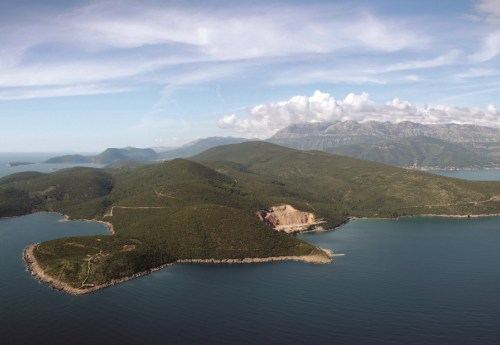
On a nearby hillside, Lustica Bay (lusticabay.com) is also hoping for a slice of the yachting action with plans to create Montenegro's first 18-hole golf course alongside a modern marina, hotels and shop-filled harbour.
The joint venture between the Montenegrin government and experienced Egyptian resort developer Orascom has plans for 1,700 homes and achieved sales of €12.6 million before construction even began this year. Apartments cost from €162,000, two-bedroom townhouses from €565,000 and three-bedroom villas from €1,820,000 (see image below).
More modest in ambition is Sea Breeze, a community of 50 detached villas designed to resemble a typical Dalmatian hill village (see below). The steep, south-facing, three-acre site in Kavac has wide sea views over Kotor Bay to Porto Montenegro.
British-based Boka Fund are selling off -plan two and three-bedroom villas with pools priced from €399,000 and €899,000. Annual maintenance is expected to cost from €2,500 and the resort management team will arrange rentals.
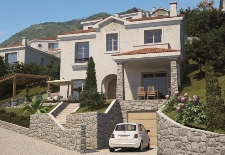 |
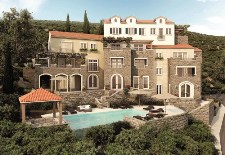 |
|
|
Sea Breeze, from €399,000 (£339,394) One to three bedroom villas with pool at the Boka Fund's Sea Breeze development on the hillside at Kavac, in the bay of Kotor |
Lustica Bay, Kotor Bay, €162,000 (£137,799) One of the newest projects on Kotor Bay, Lustica Bay offers off -plan apartments, townhouses and villas with golf and marinas. |
|
This article appeared in the Summer 2013 issue of A Place in the Sun magazine, on sale at all good newsagents |
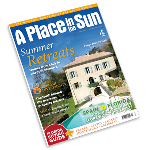 |
